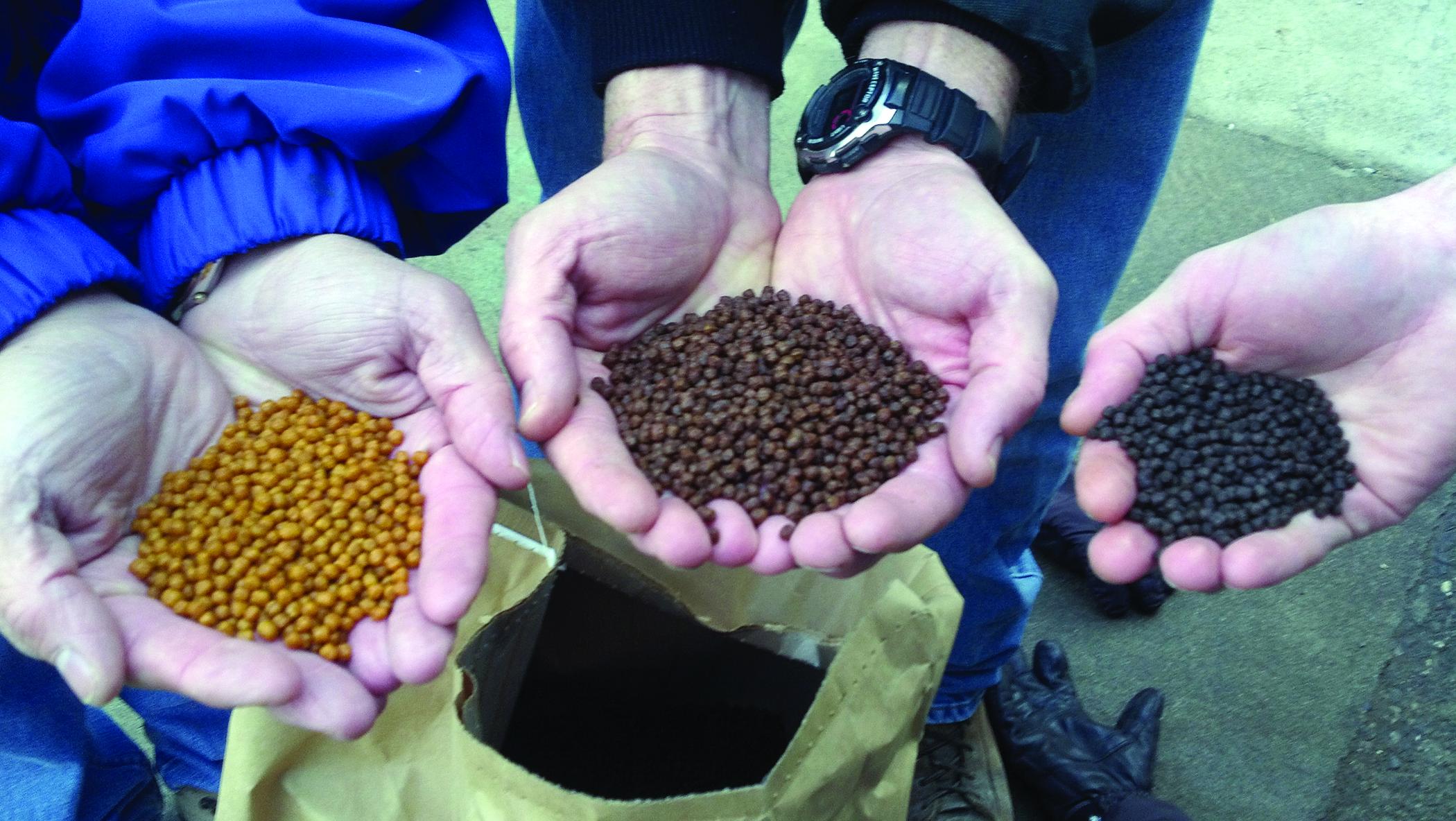
Cost-effective, alternative protein diets for rainbow trout that support optimal growth, health, and product quality
The continuous advancement of sustainable farming practices remains at the forefront for aquaculture producers, particularly in relation to minimizing environmental impact while maximizing fish growth and quality. One such challenge involves formulating cost-effective diets that utilize minimal capture fish as protein sources. This project endeavors to identify commercially viable, alternative ingredient compositions that meet these rigorous production prerequisites while maintaining optimal fish health, consumer acceptability, and marketable quality of product. We scrutinized amino acid balance within innovative ingredient combinations to inhibit growth depressions, while concurrently assessing each formulation for the impact on fish growth and health status.
Laboratory and farm trials have been conducted evaluating multiple ingredient blends plethoric with alternative sources predominantly supporting the growth and well-being of trout. Two particular blends - one plant protein-based and another harnessing terrestrial animal proteins - devoid of fishmeal, resulted in exceptional trout growth efficiency coupled with robust health and quality indicators. These blends allowed us to reduce total dietary protein levels from 45% to 40%.
These learnings provide stakeholders valuable insights for better-informed decision-making within the dynamic aquaculture spectrum. The data developed will aid researchers in refining their study designs when examining the potential of alternative ingredients. The sustainable and economical advantages noted could significantly improve trout diet formulations at a commercial scale, thus bolstering aquaculture sustainability.
Objectives:
- Develop cost effective alternative ingredient diet formulations that support maximal growth, health and product quality
- Increase the amount of information available to feed manufacturers regarding amino acid availabilities and retention efficiencies of synthetic amino acids, thus improving utilization of alternative ingredients in trout feeds.
- Identify commercially available alternate ingredient combinations that can meet the production needs of rainbow trout
- Further refine amino acid balance as a means of reducing interactive growth depressions when novel combinations of ingredients are utilized
- Compare formulations in fish growth to market size and the influence of the formulations of growth, fish health, product quality and consumer acceptance
- Develop an integrated outreach program including at least one WRAC Extension publication to meet stakeholders educational needs
Project Summary
| Duration: | 3 years |
|---|---|
| Funded Date: | 09/01/2008 |
| Funding level: | $359,728 |
| PI: |
|
| Advisors: | |
| Location: | California - CA, Colorado - CO, Idaho - ID |
| Species: | Trout |
| Topics: | Diet and Nutrition, Economics, Fish feed/protein/alternative protein, Grow out |
